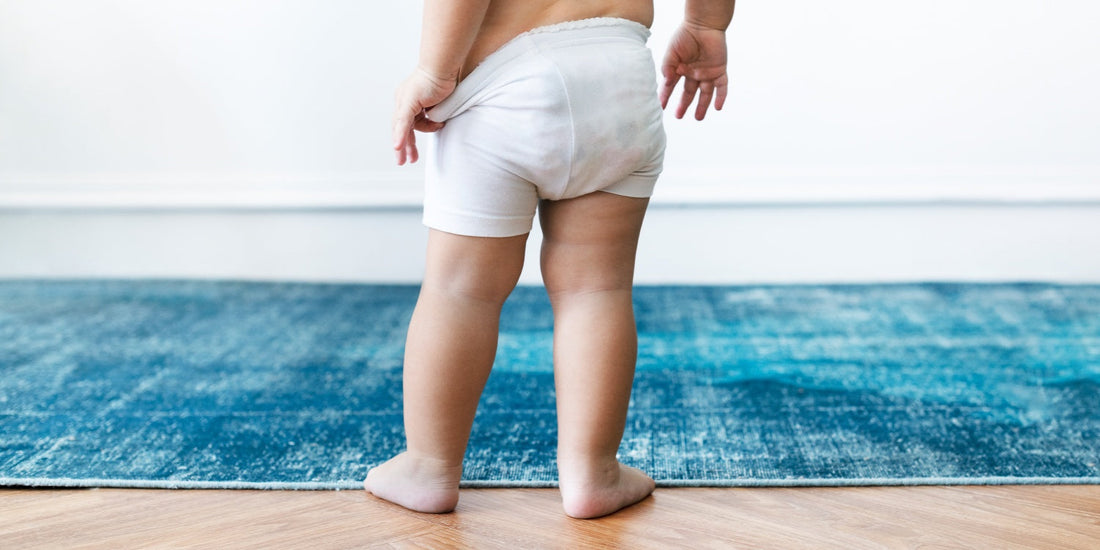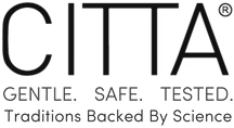Understanding Why My Baby is Crying: Is Your Baby Suffering From Diaper Rash

At times, dealing with a diaper rash can seem a bit overwhelming. No matter how many diaper rash creams, ointments, and powders you dab on your little one’s bottom, it just doesn’t go away. Between decoding tired whines, hunger pangs, colicky crying, or which is the best diaper rash cream, it’s not always easy to understand why the little one is upset.
So how do you figure out if your baby has developed a diaper rash? Let’s find out!
Symptoms of Diaper Rash
Urine and stool left too long in the diaper can cause mild chemical burns, which in turn cause diaper rash. Signs and symptoms of diaper rash are not usually subtle, it will include crying and fussiness from the pain with every diaper change. Other symptoms include:
- Itchy skin in the diaper area
- Inflammation and redness
- Sores and tenderness
- Blisters and bumps
At times, when the rash doesn’t get healed within 10 days even with the best diaper rash cream, it is accompanied by significant bleeding, pus, and intense pain. In such severe cases, consultation with a pediatrician is recommended.
What Causes Diaper Rash?
Now that you’re familiar with the symptoms of diaper rash, let’s understand the causes of it before getting into which is the best diaper rash cream. Basically, diaper rash is a form of dermatitis that appears as patches on inflamed skin. The two biggest culprits that cause diaper rash are wetness and friction. It can also be caused by skin chafing and sensitivity. Let’s delve deeper into it
- Prolonged exposure to moisture: If soiled or wet diapers are left on too long, moisture can build up creating an ideal environment for bacteria and yeast to thrive. This, in turn, leads to redness, inflammation, and rashes.
- Not using a nappy rash cream: Many parents make the mistake of not using a top-rated diaper rash cream when changing diapers. The best diaper rash cream not only cures but also forms a protective barrier to prevent the situation from getting bad.
- Not changing diapers frequently: The risk of developing a diaper rash increases if you don’t change your little one’s diapers frequently. Make it a point to change diapers every 2-3 hours or as soon as it gets soiled.
- Too tight diapers: Tight-fitted diapers or clothing that cause friction can also lead to diaper rash.
- Change in diet: Breastfed babies can develop a rash in response to something that the mother has eaten. The likelihood of diaper rash also increases when babies start consuming solid foods. It increases the frequency of stool and in fact, the content of their stool also changes, which leads to diaper rash.
- Sensitive skin: Babies with sensitive skin are more susceptible to diaper rash. A diaper rash cream with zinc oxide is best for babies with both sensitive and normal skin.
Symptoms of Mild & Severe Diaper Rash
Diaper rash can range from mild to severe with different signs and symptoms for each level of severity.
- Infections: Diaper rash that turns into an infection can be a sign of severity, which doesn’t respond to any treatment even if you use the best diaper rash cream for infants. It calls for the immediate attention of a pediatrician.
- Changes in skin color: The skin around the diaper region looks slightly irritated. You may notice mild redness and tiny bumps. However, when the redness becomes more intense, the skin starts appearing inflamed accompanied by painful sores, open areas, or blisters.
- Crying or severe discomfort: If your baby starts to cry or become fussy during diaper changes, it might be an indication of a severe rash. You may also notice that the rash is spreading beyond the diaper area to the back, thighs, or even to the abdomen area.
- Pus or fluid: In certain cases, the rash may ooze, indicating a secondary bacterial or fungal infection.
- Fever: Your child may develop a fever or seem sick in severe cases.
When to See a Doctor
Mild diaper rash can be easily treated at home with a diaper rash cream with zinc oxide. It might take a few weeks to fully go away but it improves over time. With that being said, if your little one’s rash is severe and doesn’t respond to even the best nappy rash cream, you need to see a doctor.
Look for the aforementioned symptoms and consult your pediatrician right away.
Diaper Rash Treatment Tips
The sooner you start treating the rash with a top-rated diaper rash cream with zinc oxide, the better. Below are some tried and tested tips for diaper rash treatment. Let’s find out!
- Frequent diaper changes: As mentioned earlier, change your baby’s diapers every 2-3 hours or as soon as it gets soiled or wet. Frequent diaper changes help keep the area clean and dry as bacteria and yeast thrive in moisture.
- Diaper-free time: Allow your baby to go diaper-free for some time each day. This lets the skin breathe and speeds up the healing process.
- Clean the area: Clean and pat the area dry - don’t rub, before putting on a new diaper. Remember to use a soft washcloth or gentle, alcohol-free wipes.
- Use diaper rash cream with zinc oxide: When changing diapers, make sure to apply a top-rated diaper rash cream with zinc oxide to the affected area. This will help soothe and prevent further moisture buildup.
- Check the fit: Make sure the diaper is neither too big nor too small. Check the size before making a purchase and make sure it fits your baby’s bottom.
Does baby diaper cream treat rashes?
Absolutely! Nappy rash creams thoughtfully crafted with zinc oxide and soothing agents like chamomile, soybean, and sunflower oils help soothe and prevent diaper rashes. If you’re thinking, “which is the best diaper rash cream” go for the one with zinc oxide in it. The best diaper rash cream with zinc oxide helps form a protective barrier on the skin to keep the moisture away and prevent further irritation.
Besides, check for soothing agents like chamomile, soybean, and sunflower oils in a nappy rash cream as these ingredients help soothe irritated and inflamed skin and promote healing.
Wrapping up
Make sure to incorporate a top-rated diaper rash cream with zinc oxide into your little one’s skincare routine. Apply it regularly to keep your little one’s bottom happy and rash-free. And in severe cases, see a pediatrician immediately.


